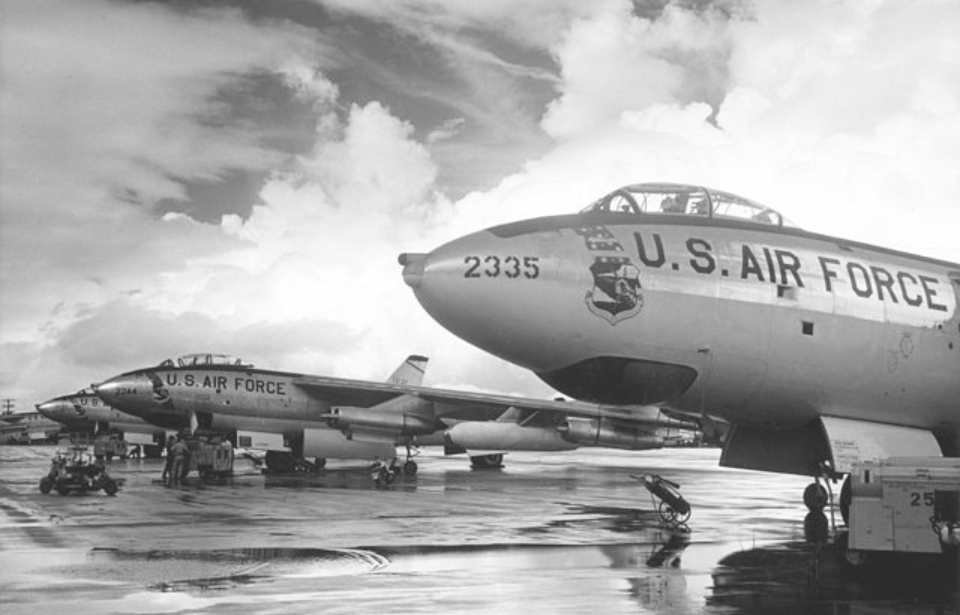During the late 1940s until the end of the Cold War, an intense arms race played out between the United States and the Soviet Union. Both nations significantly expanded their military stockpiles, conducting tests that, unfortunately, led to accidents. One notable incident occurred in 1958 in Mars Bluff, South Carolina.
The United States continued developing bombs after World War II
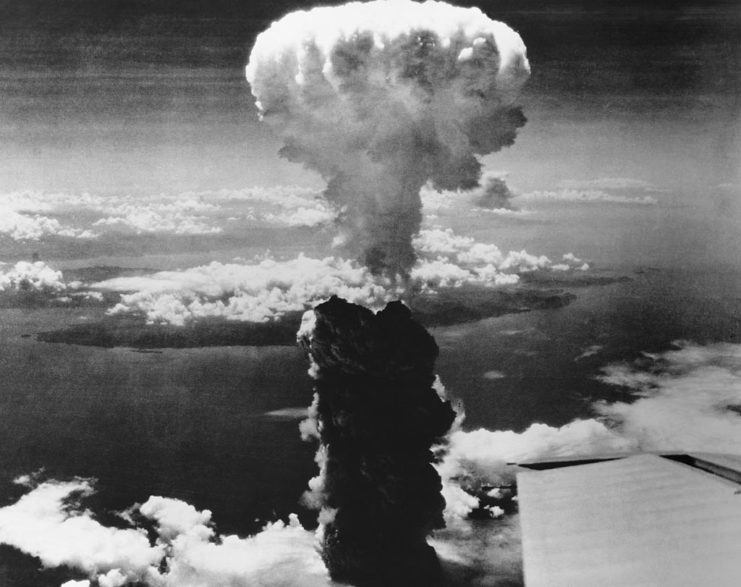
World War II was a brutal and devastating conflict. In the summer of 1945, the US brought it to a close by deploying the atomic bombs Little Boy and Fat Man on Hiroshima and Nagasaki. Nevertheless, the nation’s efforts in developing advanced and more potent nuclear weaponry persisted.
Development of the Mk 6 nuclear bomb
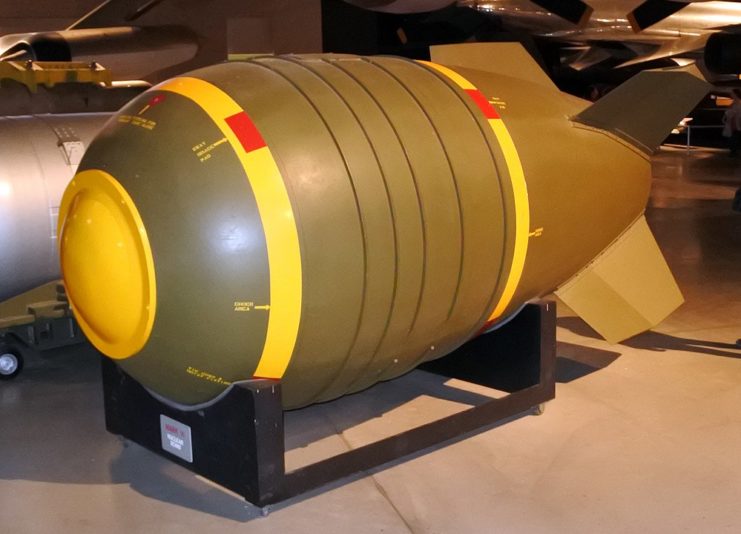
The Mk 6 nuclear bomb, a successor to the explosive dropped on Nagasaki during WWII, saw various iterations. The design process spanned from 1951-55, and it remained in active service until 1962. During this period, over 1,000 were manufactured, each with different nuclear yield capacities.
The US Air Force aimed to ensure that its pilots were proficient in operating aircraft equipped with these bombs in the event of a conflict with Russia. Consequently, the Mk 6 nuclear bomb featured prominently in training exercises. Throughout the 1950s, some of these bombs were accidentally deployed, and these incidents were referred to by the US military as “broken arrows.”
A Mk 6 nuclear bomb is dropped on Mars Bluff, South Carolina
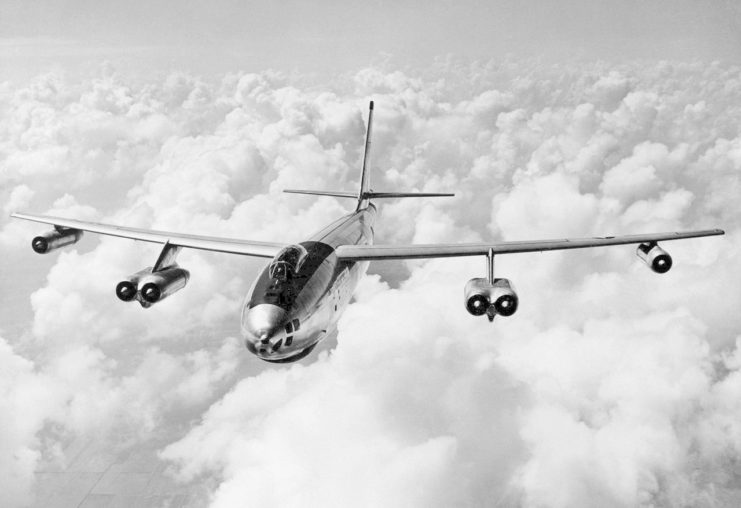
On March 11, 1958, a Boeing B-47 Stratojet strategic bomber took off from Hunter Army Airfield, Georgia, with members of the 375th Bombardment Squadron, 308th Bombardment Wing. The aircraft was en route to the United Kingdom, with plans to then proceed to North Africa as part of Operation Snow Flurry, where pilots would simulate bomb drops in a timed training exercise.
Despite the exercise nature of the mission, the aircraft’s crew felt the pressure of being timed. Before takeoff, they’d encountered difficulties securing the Mk 6 nuclear bomb in the bomb bay. To address this, they placed the explosive in a sling and attempted to engage the steel locking pin with a hammer. While the mechanism unlocked during takeoff as per procedure, it failed to re-engage once the B-47 was safely airborne.
Navigator and bombardier Capt. Bruce Kulka was informed of the issue. During his inspection, he inadvertently pulled the emergency release pin, causing the bomb to plummet between 15,000-20,000 feet to the ground. Additionally, Kulka found himself in a precarious situation, nearly falling out of the open bomb bay. He grabbed onto something and managed to pull himself to safety, narrowly avoiding a fatal fall.
The Mk 6 nuclear bomb crashed into a playhouse constructed by a man named Bill Gregg for his children. At the time of impact, Gregg’s children were playing approximately 200 feet away. The blast obliterated the playhouse and left a 70-foot-wide crater. Gregg, his children, and his wife all sustained injuries, and seven nearby buildings suffered damage.
Reaction to the Mars Bluff Incident
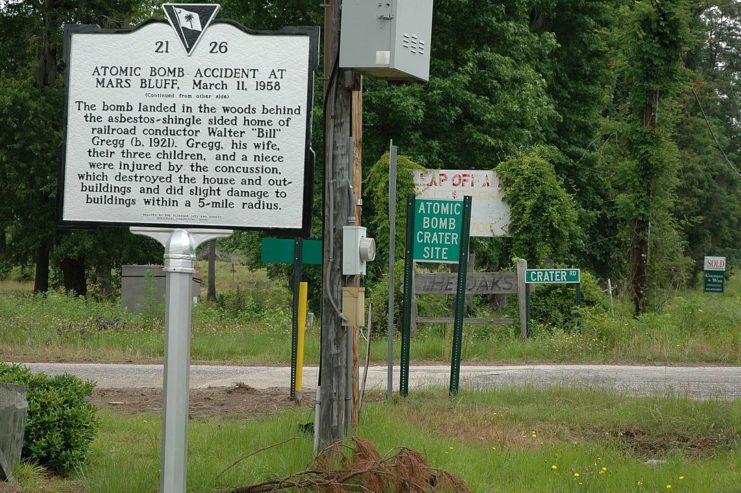
Remarkably, none of those injured in the explosion suffered serious injuries, as the fissile nuclear core of the Mk 6 nuclear bomb was situated in a different section of the B-47. What detonated was the contained TNT. If a full-scale nuclear blast had happened, it would have caused extreme devastation.
Military officials were at the scene within a few hours. The Gregg family, who lost everything in the detonation, filed a lawsuit against the Air Force and were awarded $54,000. Despite the damage, Bill Gregg maintained a sense of humor about the situation, later telling the local newspaper, “I’ve always wanted a swimming pool, and now I’ve got a hole for one at no cost.”
Legacy of the Mars Bluff Incident

More from us: The US Army Air Corps Once Dropped Bombs on Boise City, Oklahoma
The near-disaster became known as the “Mars Buff Incident,” and received local and international coverage. It also contributed to a change in the way the Air Force ran its training exercises going forward, especially since accidents like it were more common than the military would have liked to admit. Shortly after, the branch stopped carrying nuclear bombs during training missions.
